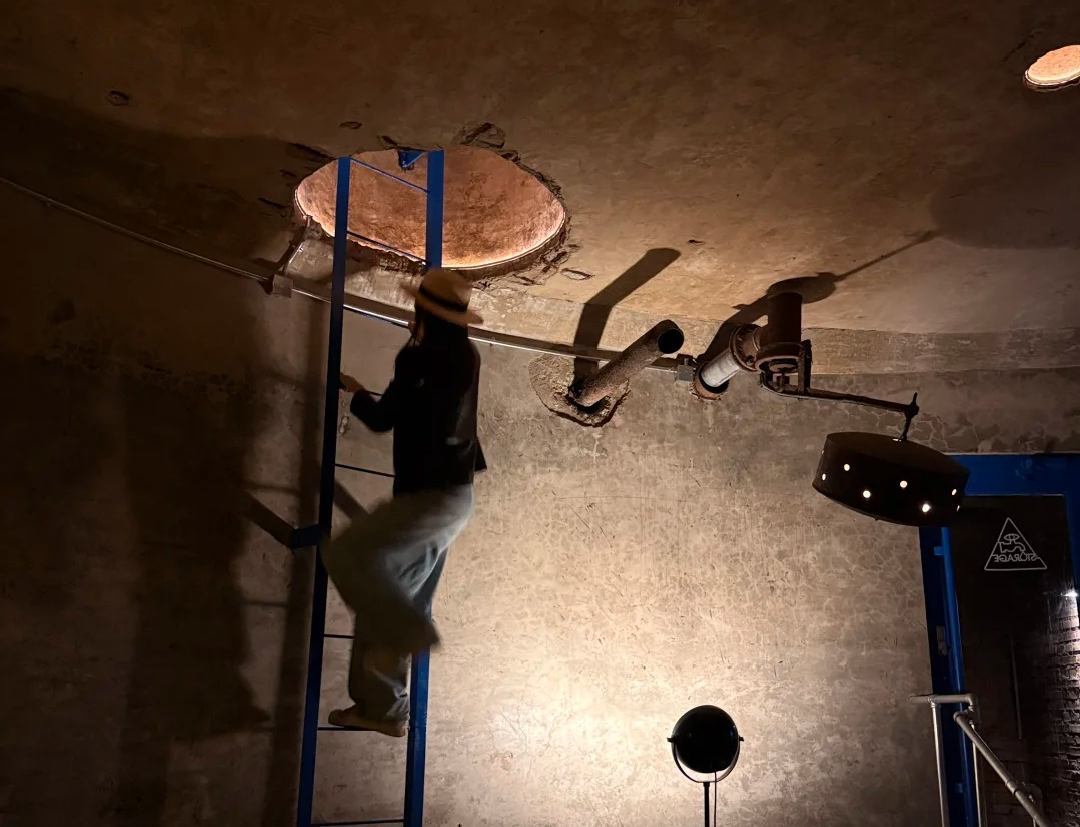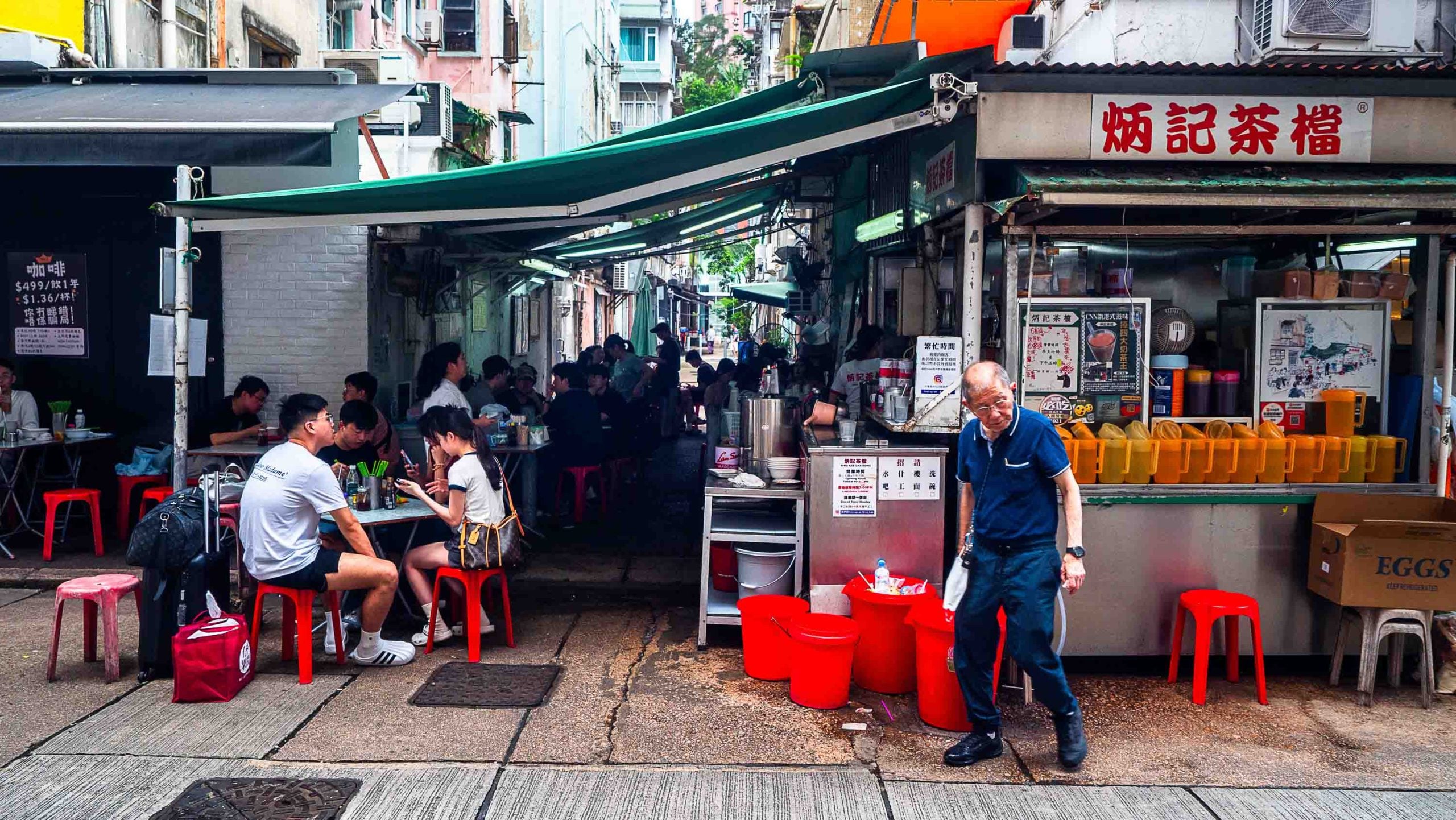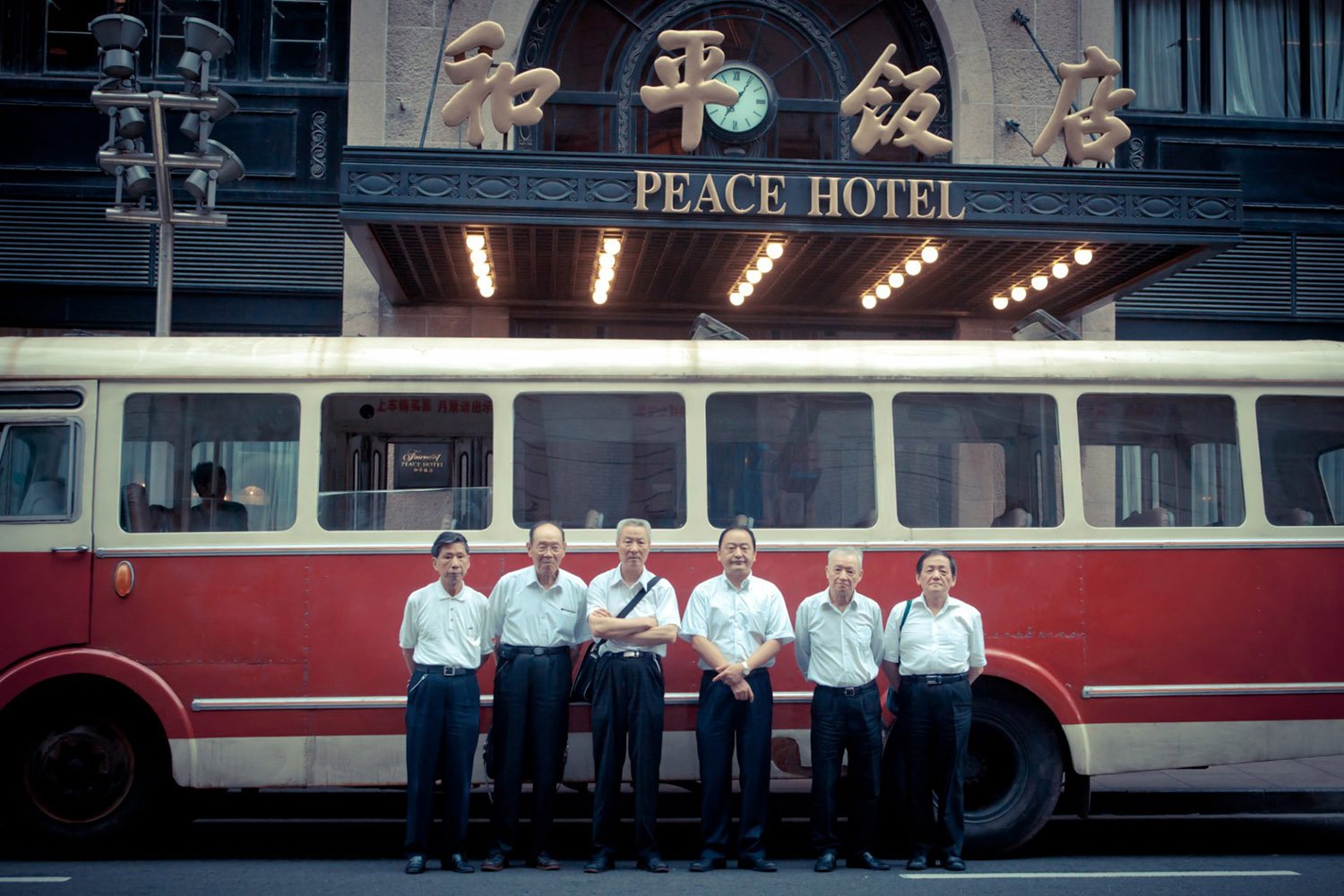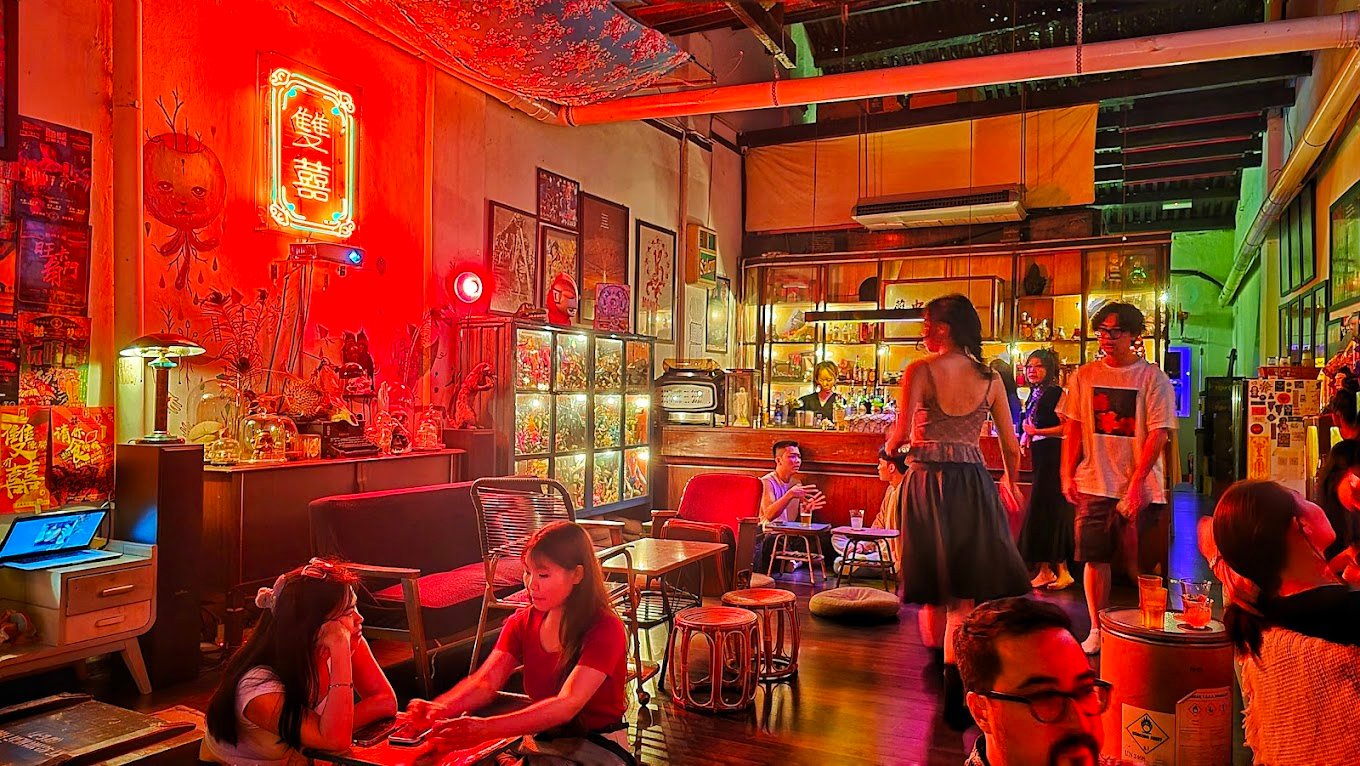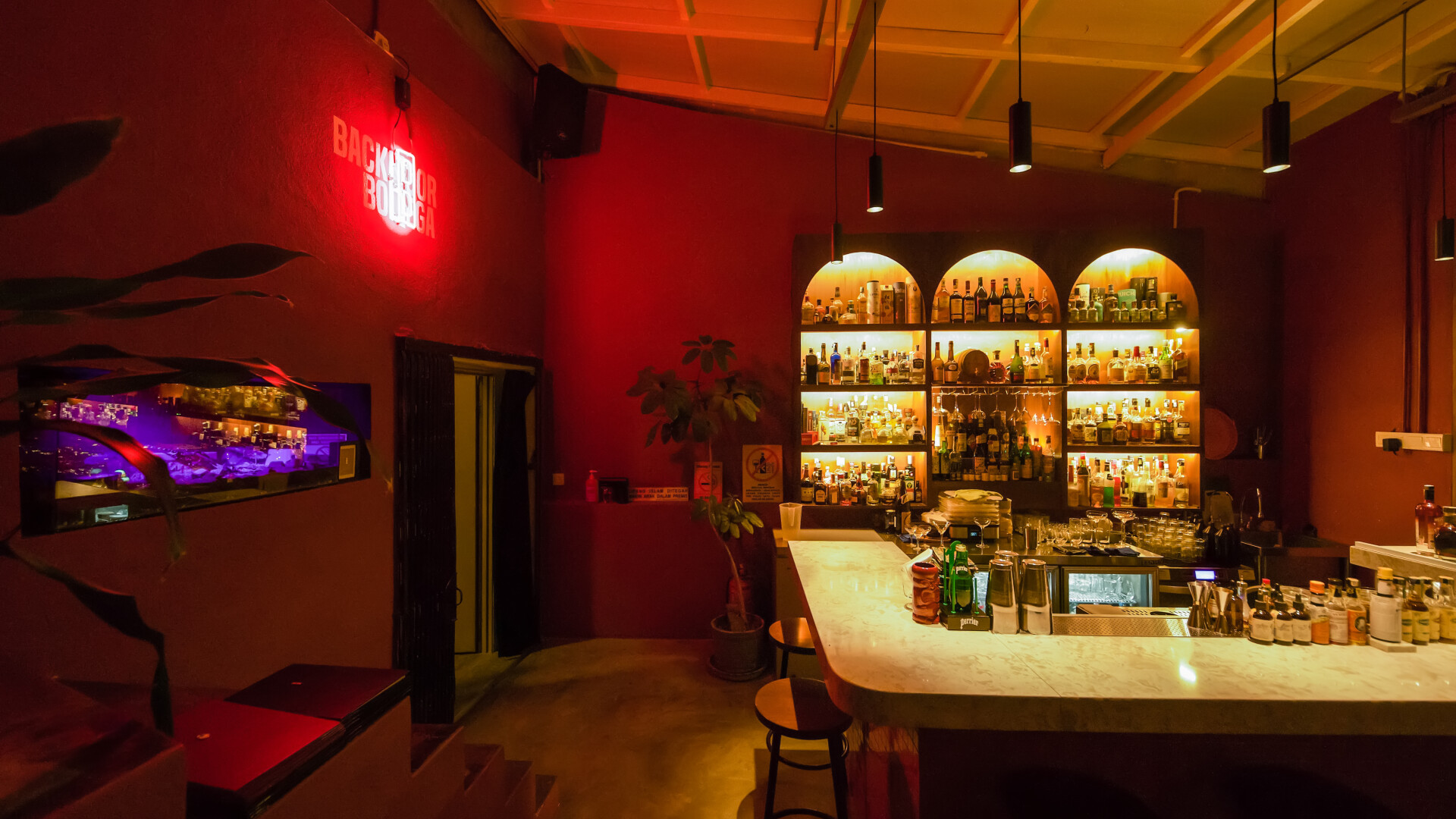Fancy a drink on a night out in Beijing but tired of the usual crowd in Sanlitun or Gulou? Maybe it’s time to head further out—to Tongzhou district—where one of the city’s most unique bars quietly hides beneath the surface. The newly opened Storage Bar doesn’t appear on map apps, and you won’t find signs pointing the way. As its title suggests, it’s built inside an abandoned underground water storage facility—turning an industrial relic into one of Beijing’s most secretive nightlife spots.
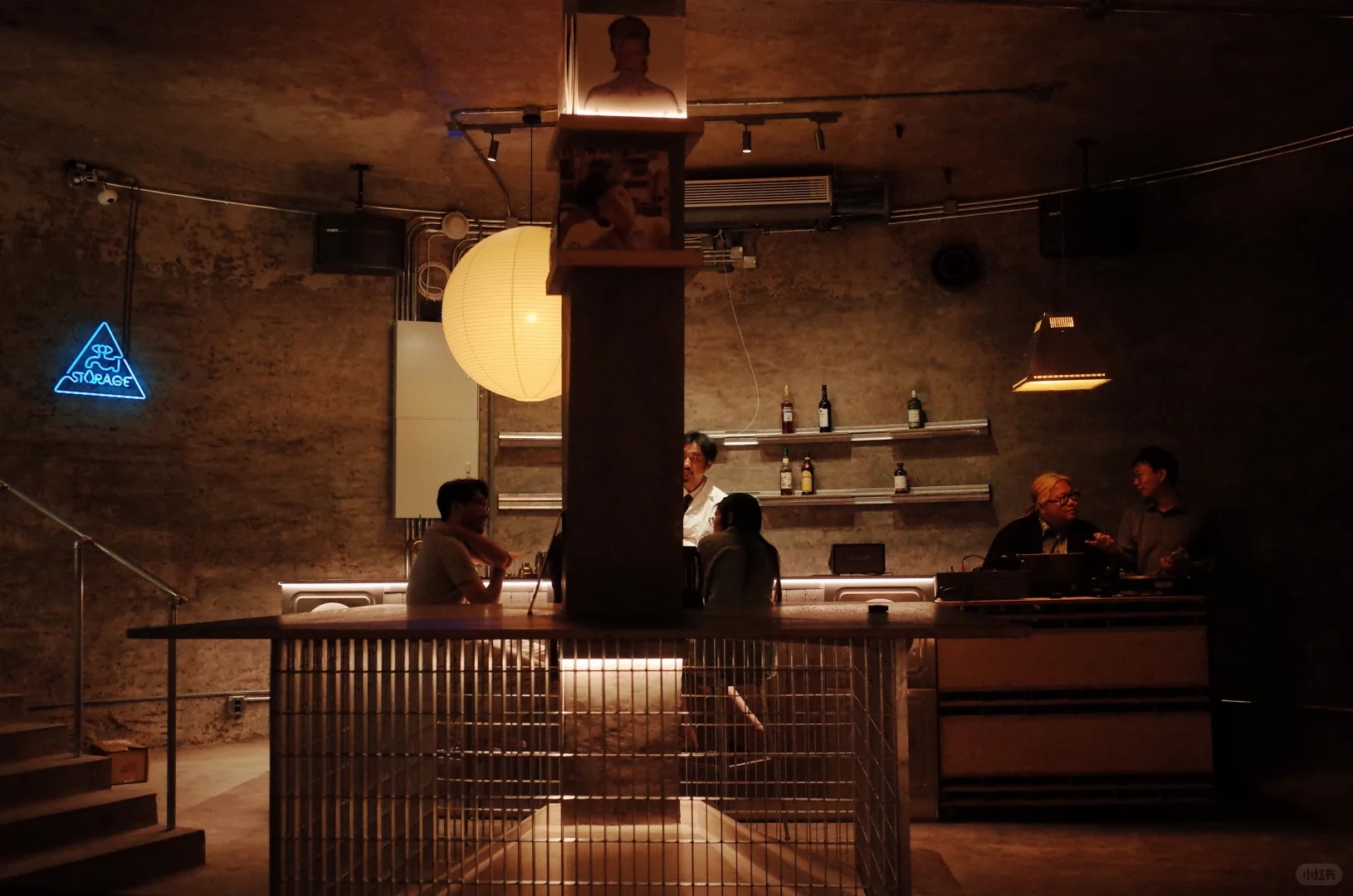
The transformation is the work of Mishe Design, a studio known for blending raw urban textures with minimalist aesthetics. Before its rebirth, the massive concrete cistern sat as an abandoned reservoir forgotten by most. Today, it’s reimagined as a brutalist dreamscape for those lucky enough to snag a reservation. The bar opens only two days a week, and by reservation only. But do not freak out if you are afraid of falling off a ladder on your way in (down). The bar still has a normal door as the entrance—the ladder is just for those “authentic” photo moments.
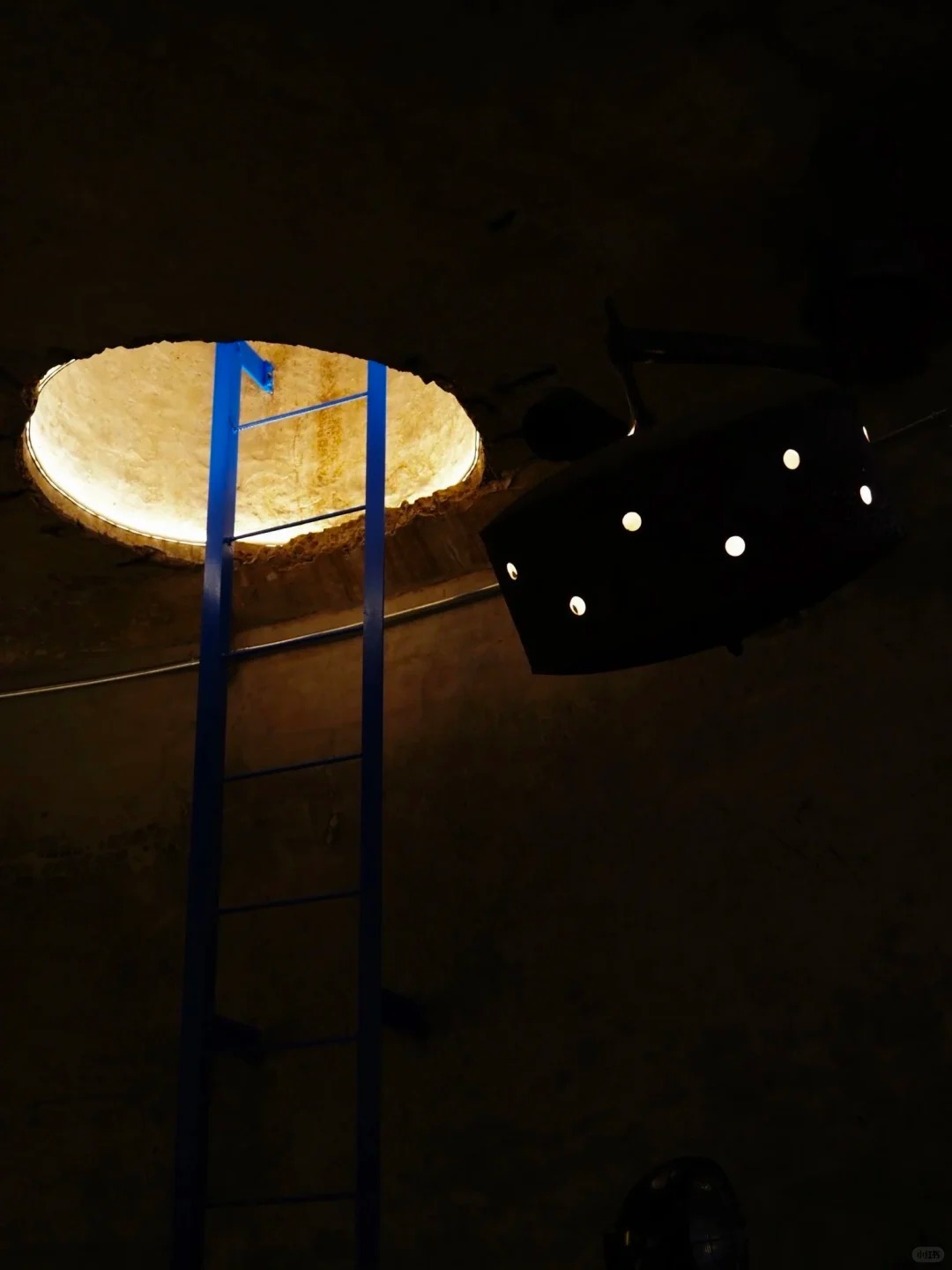
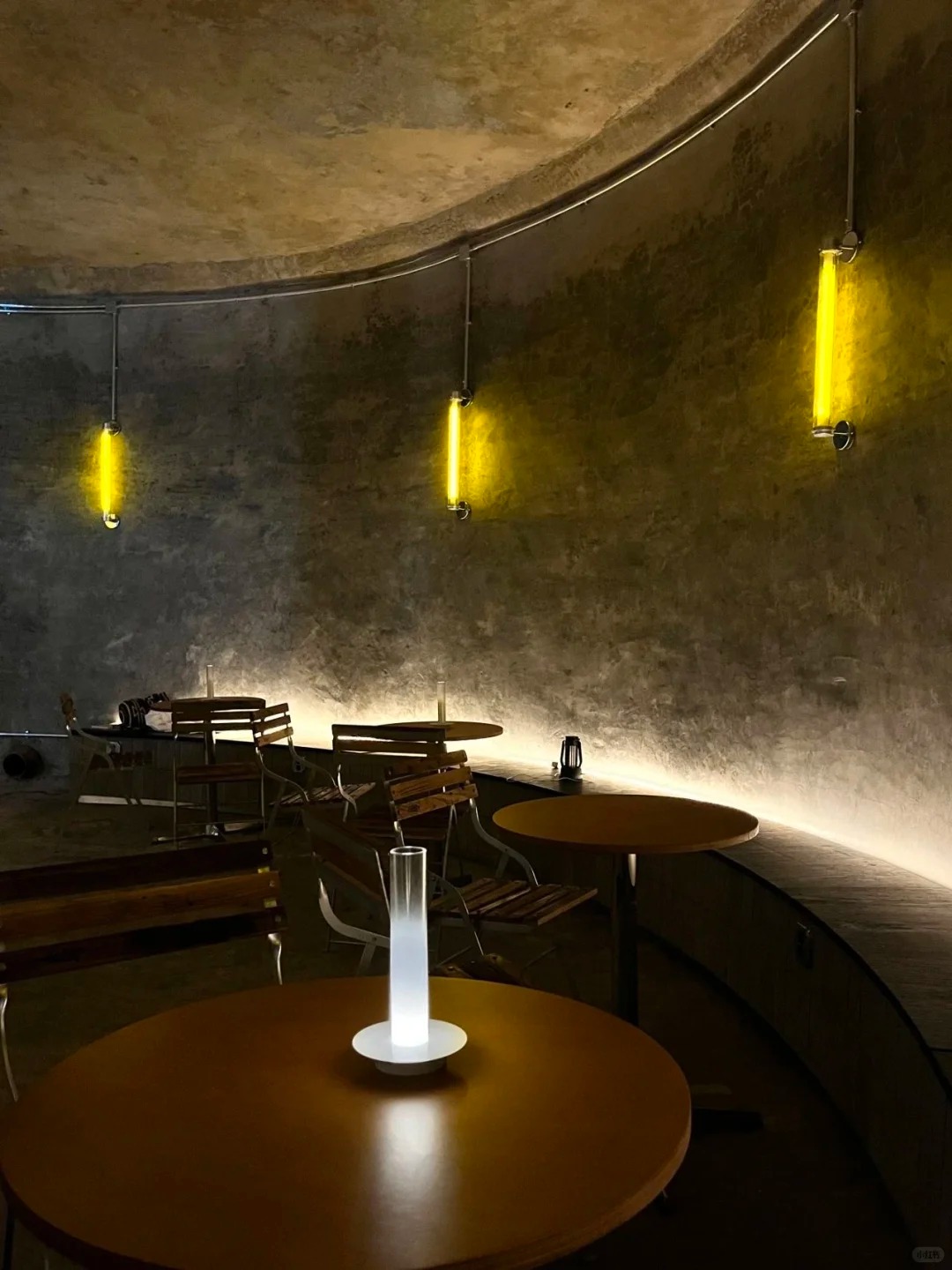
Interestingly, the bar’s founder seems to have a fascination with forgotten infrastructures; he also runs a café inside a repurposed water tower, proving his knack for turning Beijing’s hidden spaces into destinations. Inside Storage Bar, the thick concrete walls remain bare, echoing with faint reverb from ambient DJ sets. Self-made shelves hold vinyls and music gear, radiating a retro-futurist vibe that feels equal parts sci-fi bunker and design exhibition.
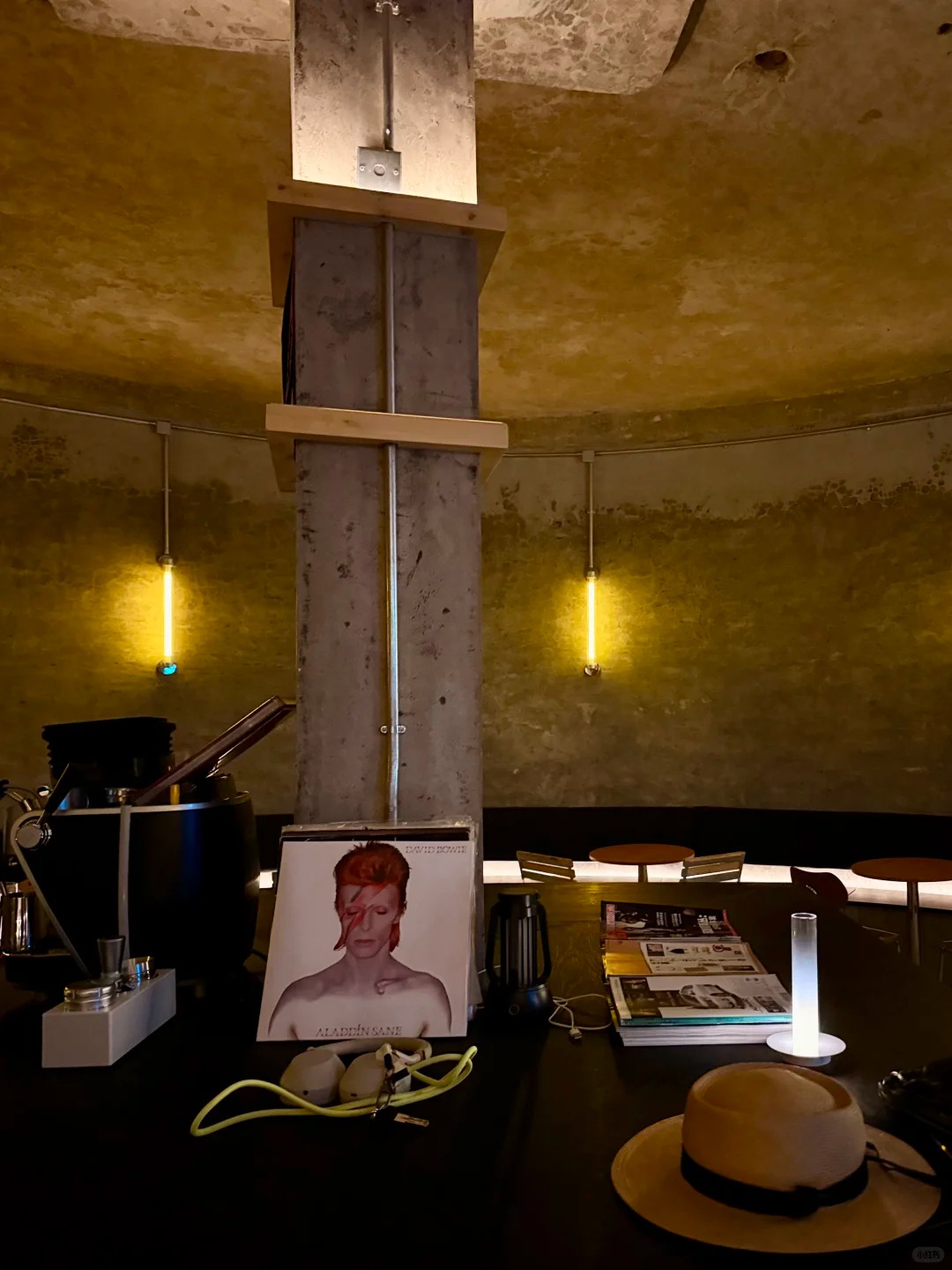
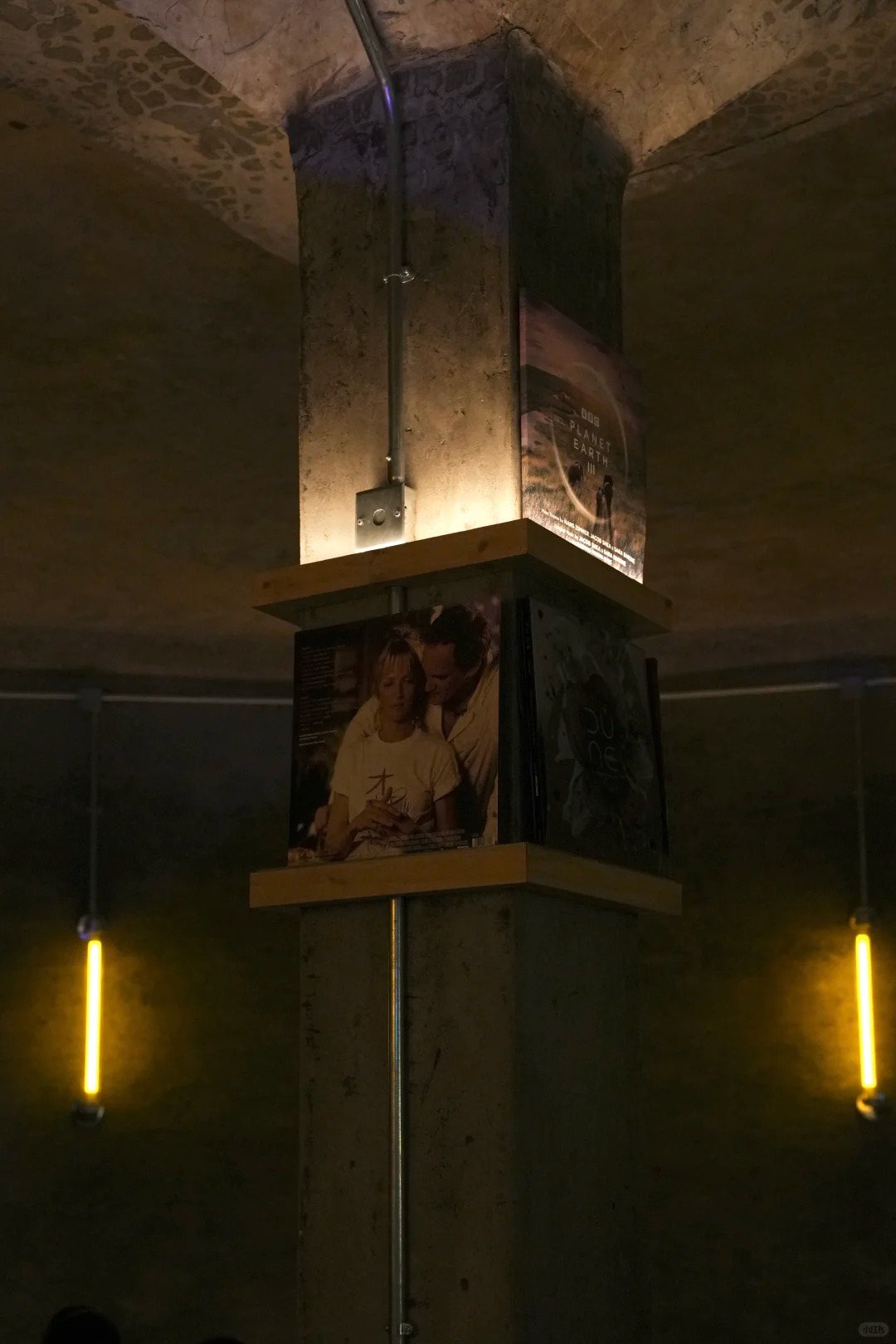
Among the regulars are architects, designers, and musicians, drawn not only by the music but by the experience of occupying a space that blurs public and private, ruin and renewal. For them, Storage is more than a bar—it’s a meditation on sound, material, and atmosphere.
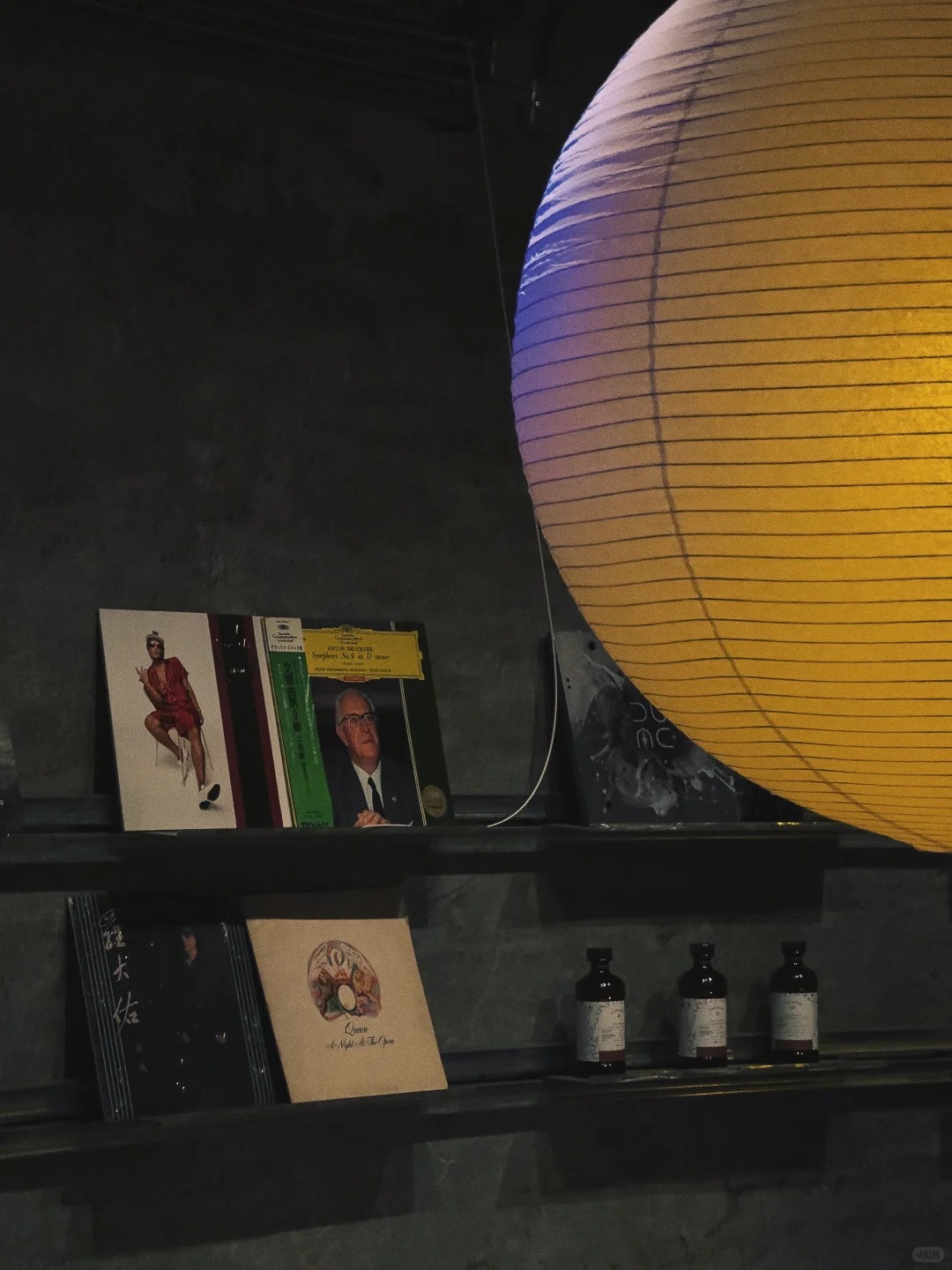
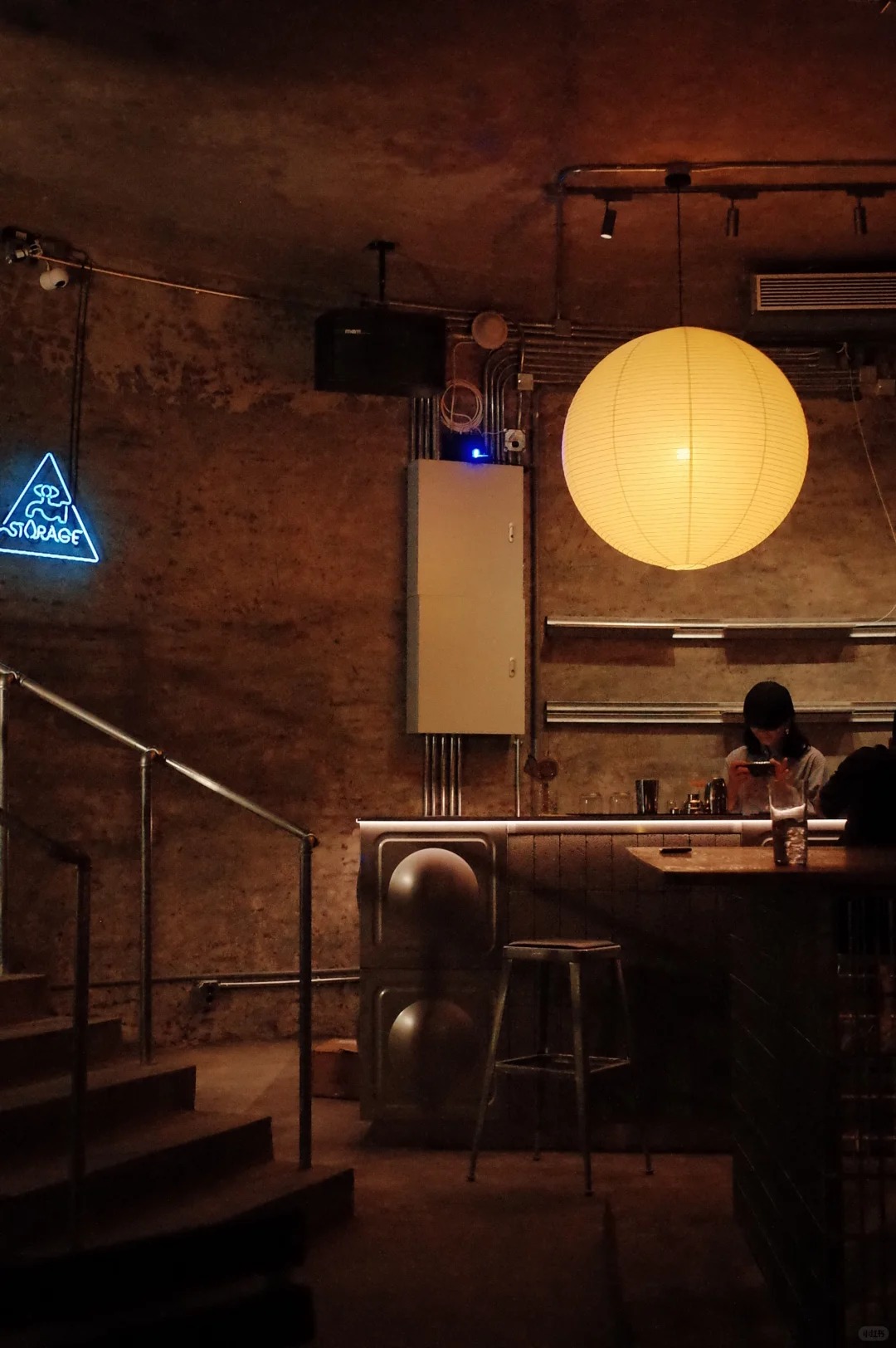
If you’re after something more than just another cocktail night, descend into this underground cistern and let the concrete walls, dim lights, and slow rhythm of music remind you what it means to drink within the depths of the city.
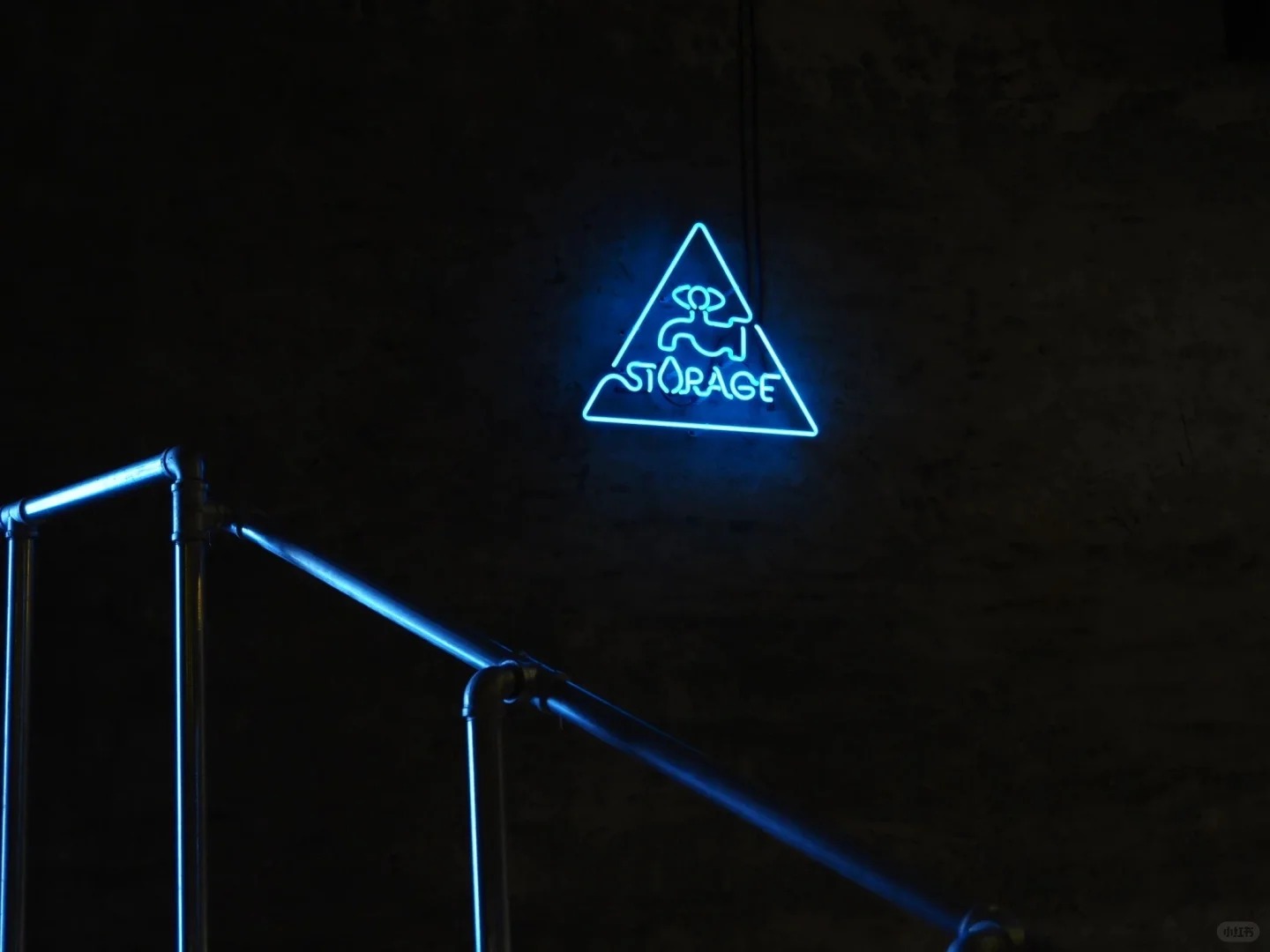
Cover image via Xiaohongshu.

